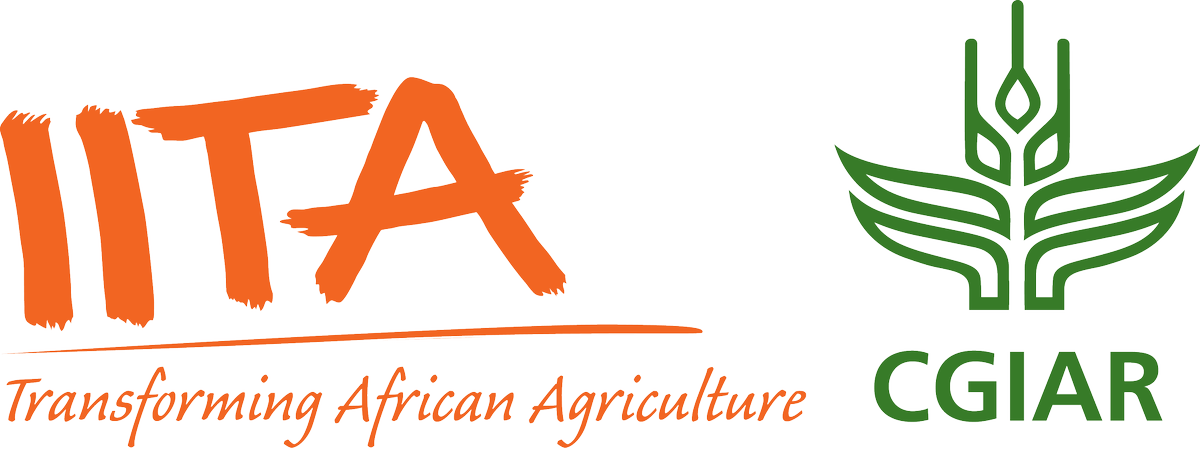Welcome to the International Institute of Tropical Agriculture Research Repository
What would you like to view today?
Development of standard operating protocol for measurement of cassava root mealiness

View/
Date
2024-07-27Author
Osunbade, A.O.
Alamu, E.O.
Awoyale, W.
Adesokan, M.
Akinwande, B.
Adejuyitan, A.
Maziya-Dixon, B.
Type
Review Status
Peer ReviewTarget Audience
Scientists
Metadata
Show full item recordAbstract/Description
One of the major attributes of boiled cassava roots is its ability to soften within a short period, otherwise known as mealiness. This study aimed to establish and validate standard operating procedures for assessing the mealiness of boiled cassava roots. Twenty cassava genotypes, including landrace and improved varieties, were selected for the protocol development, with an additional ten genotypes used for validation. Following cooking, the cassava roots were evaluated for hardness and work done in extrusion using a texturometer equipped with a five-blade Ottawa cell probe. The same samples were assessed for sensory texture analysis using trained panelists for parameters such as softness and chewiness. Pearson's correlation analysis revealed significant positive correlations (p < 0.01) between sensory softness and instrumental texture measurements, as well as between softness and cooking time (p < 0.01, r = 0.94), and between chewiness and cooking time (p < 0.05, r = 0.81). Validation results confirmed significant correlations (p < 0.01) between cooking time, sensory softness, and chewiness. These findings suggest that cooking time can serve as a reliable indicator, closely associated with sensory attributes, in determining the mealiness of boiled cassava roots. This approach offers a practical, mid-throughput method for assessing cassava root mealiness, with implications for breeding improved varieties, farmers adoption, and consumer acceptance.
Acknowledgements
We acknowledge the International Institute of Tropical Agriculture for their support in providing the materials used for this research, especially Mr Peter Iluebey in Cassava Breeding Unit for providing the cassava genotypes used for the study. We also acknowledge the staff of the Food and Nutrition Science Laboratory for supporting with the laboratory analysis and use of the equipment.
https://doi.org/10.1038/s41598-024-68441-4
Multi standard citation
Permanent link to this item
https://hdl.handle.net/20.500.12478/8651IITA Authors ORCID
Alamu Emmanuel Oladejihttps://orcid.org/0000-0001-6263-1359
Wasiu Awoyalehttps://orcid.org/0000-0002-3635-1414
Michael Adesokanhttps://orcid.org/0000-0002-1361-6408
Busie Maziya-Dixonhttps://orcid.org/0000-0003-2014-2201
Digital Object Identifier (DOI)
https://doi.org/10.1038/s41598-024-68441-4
